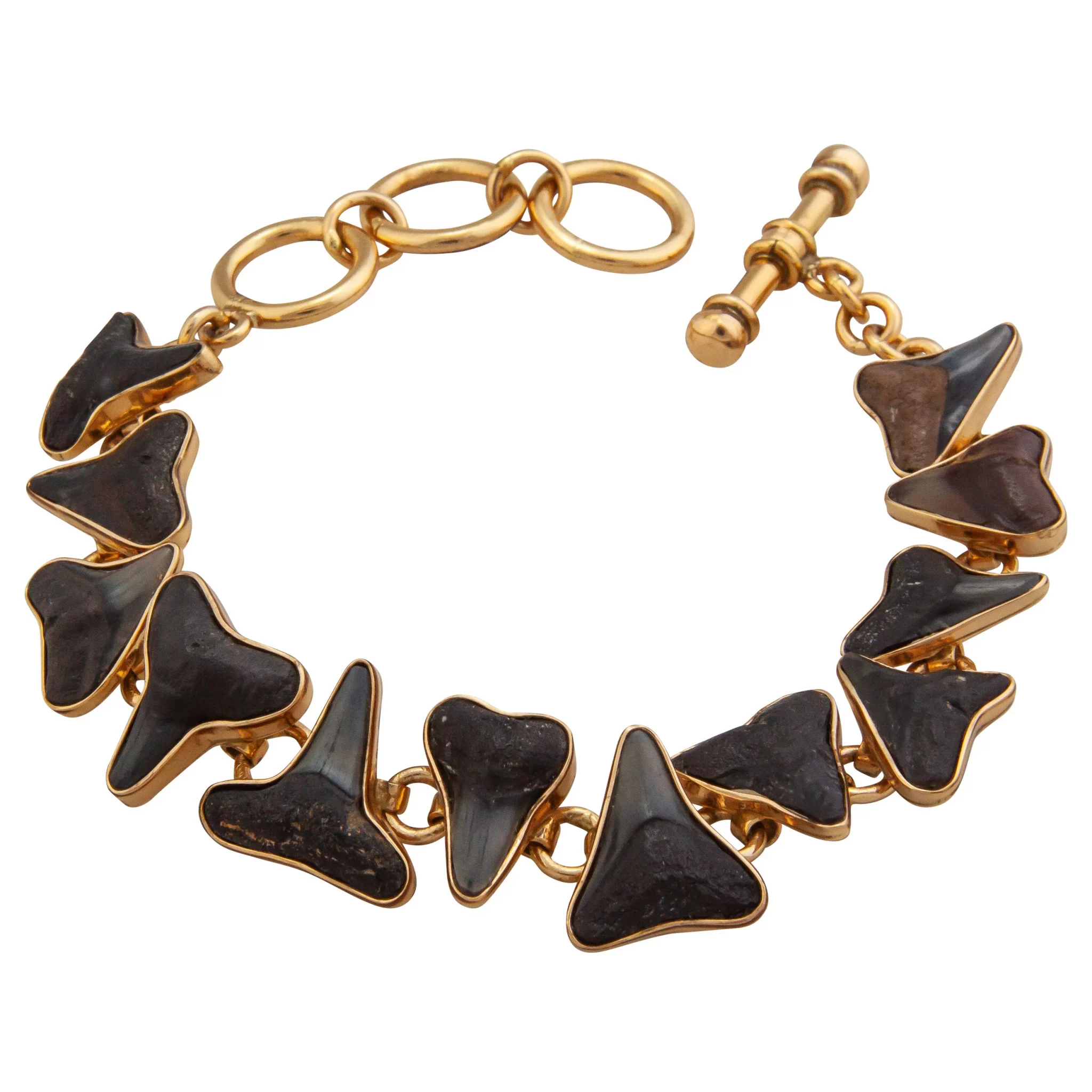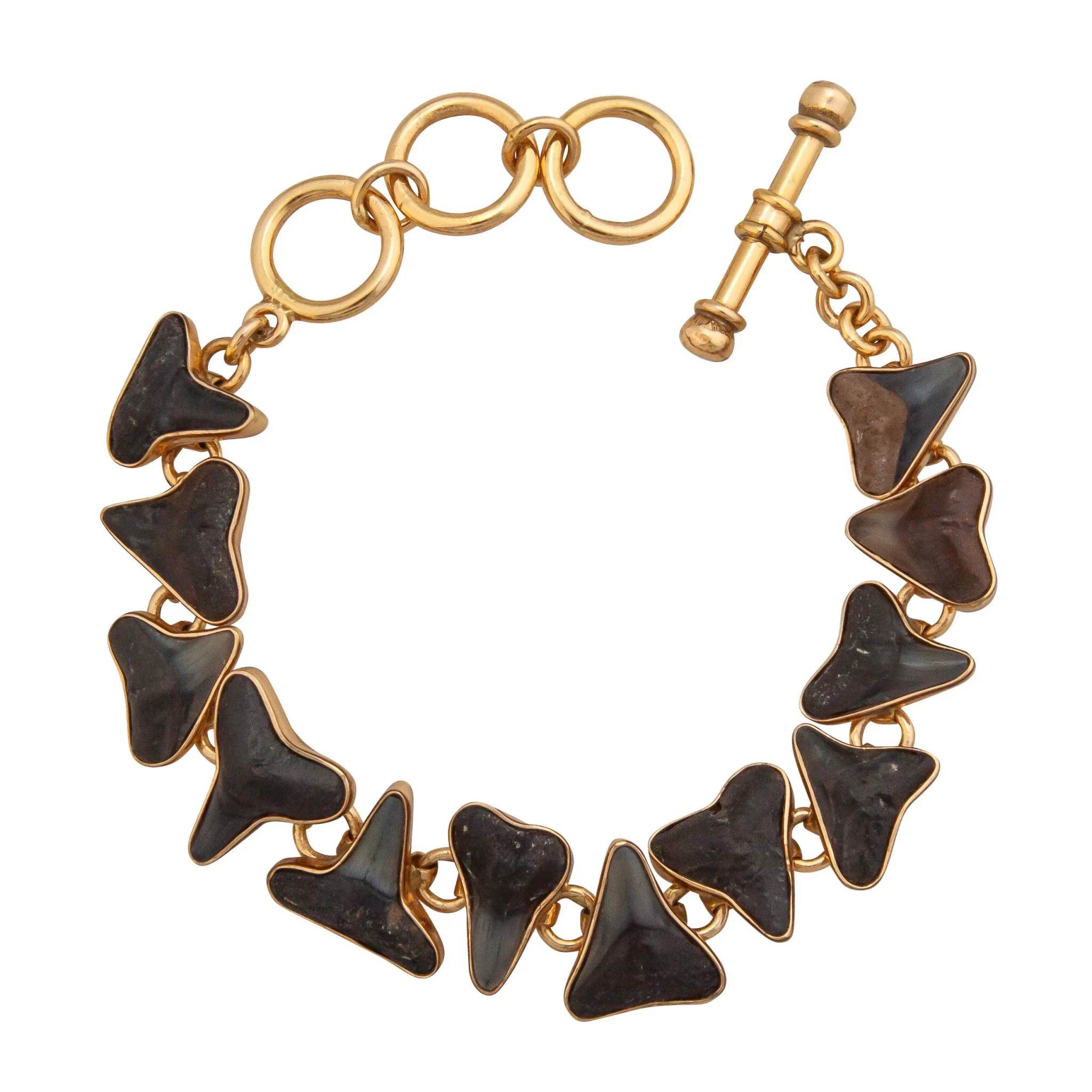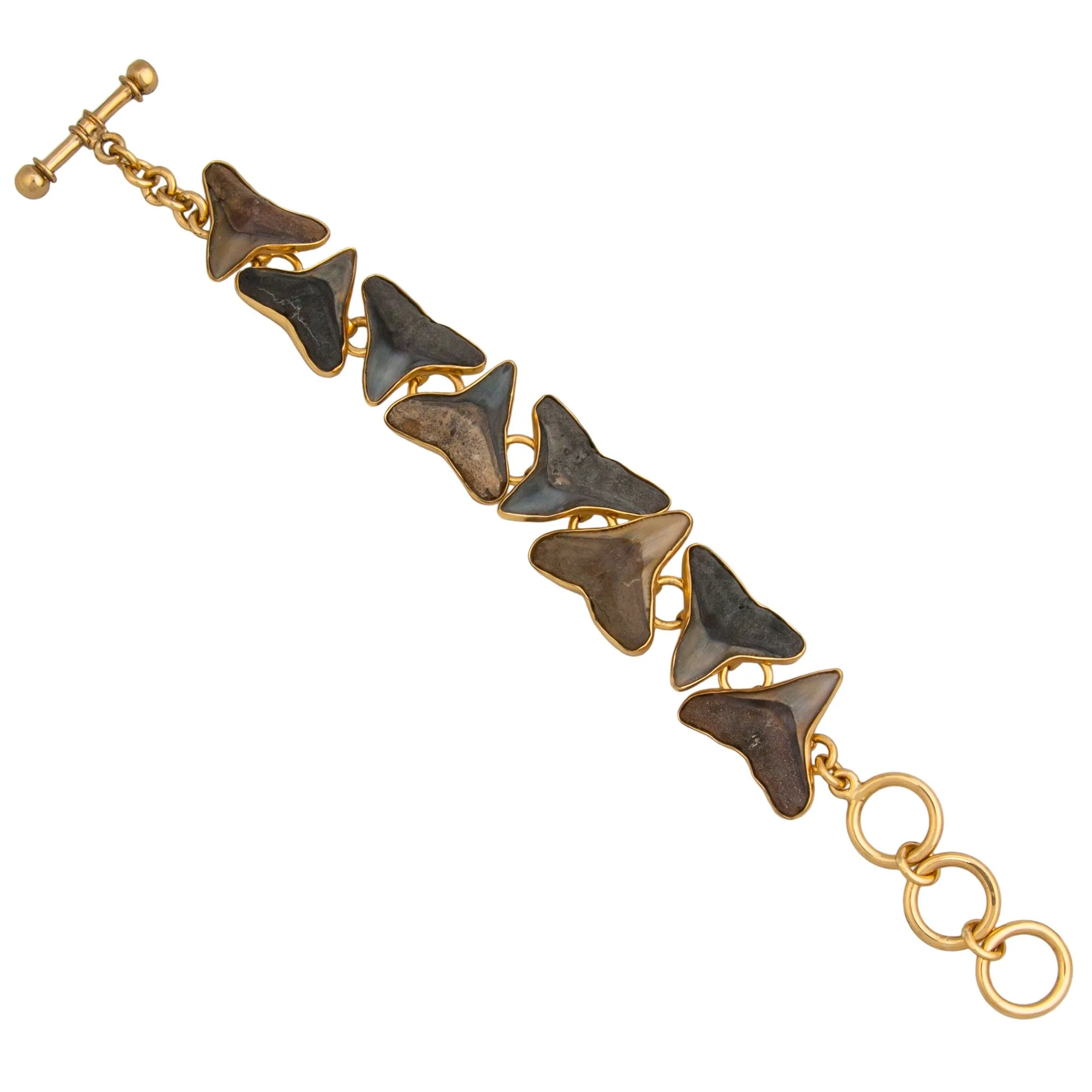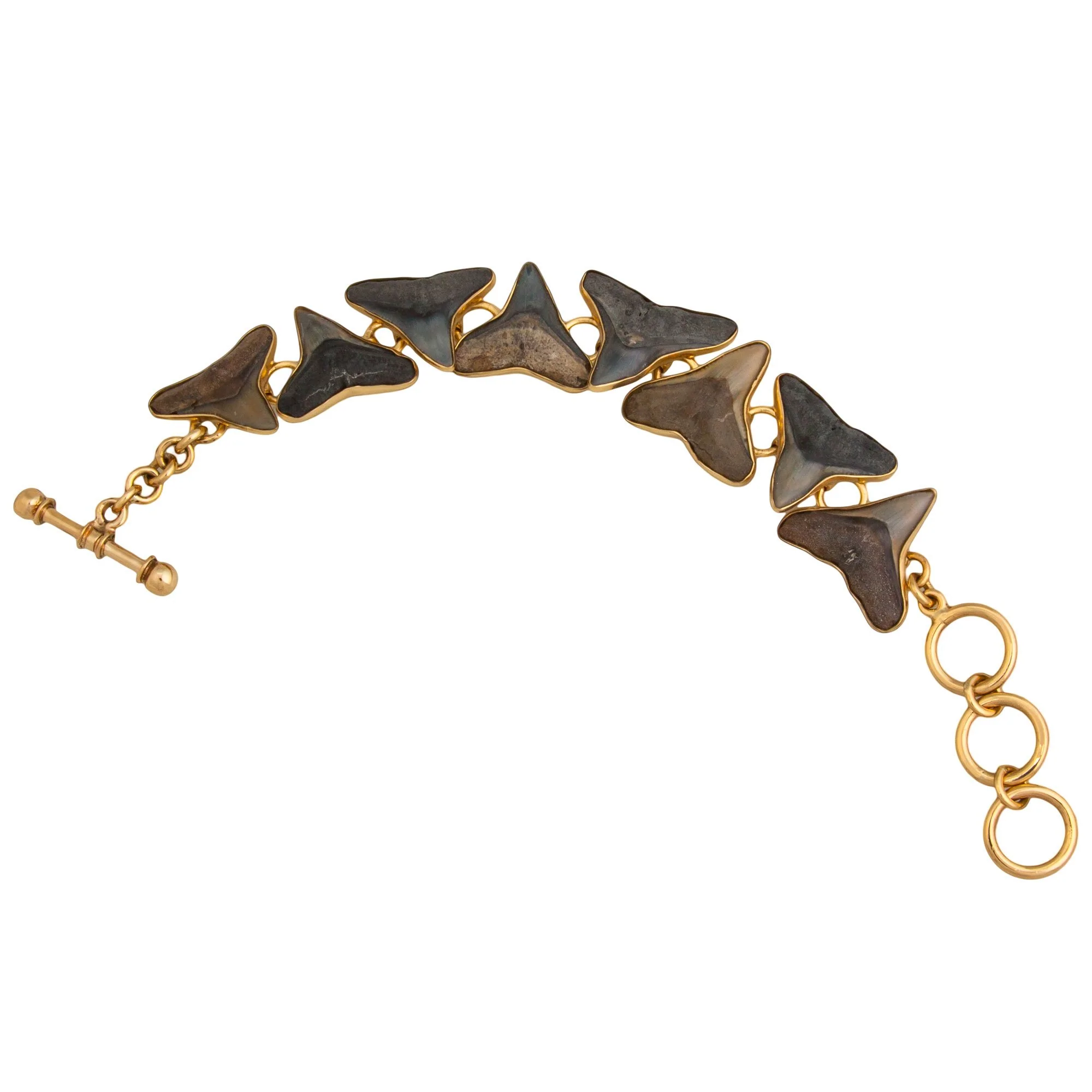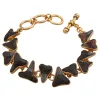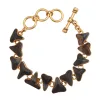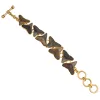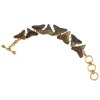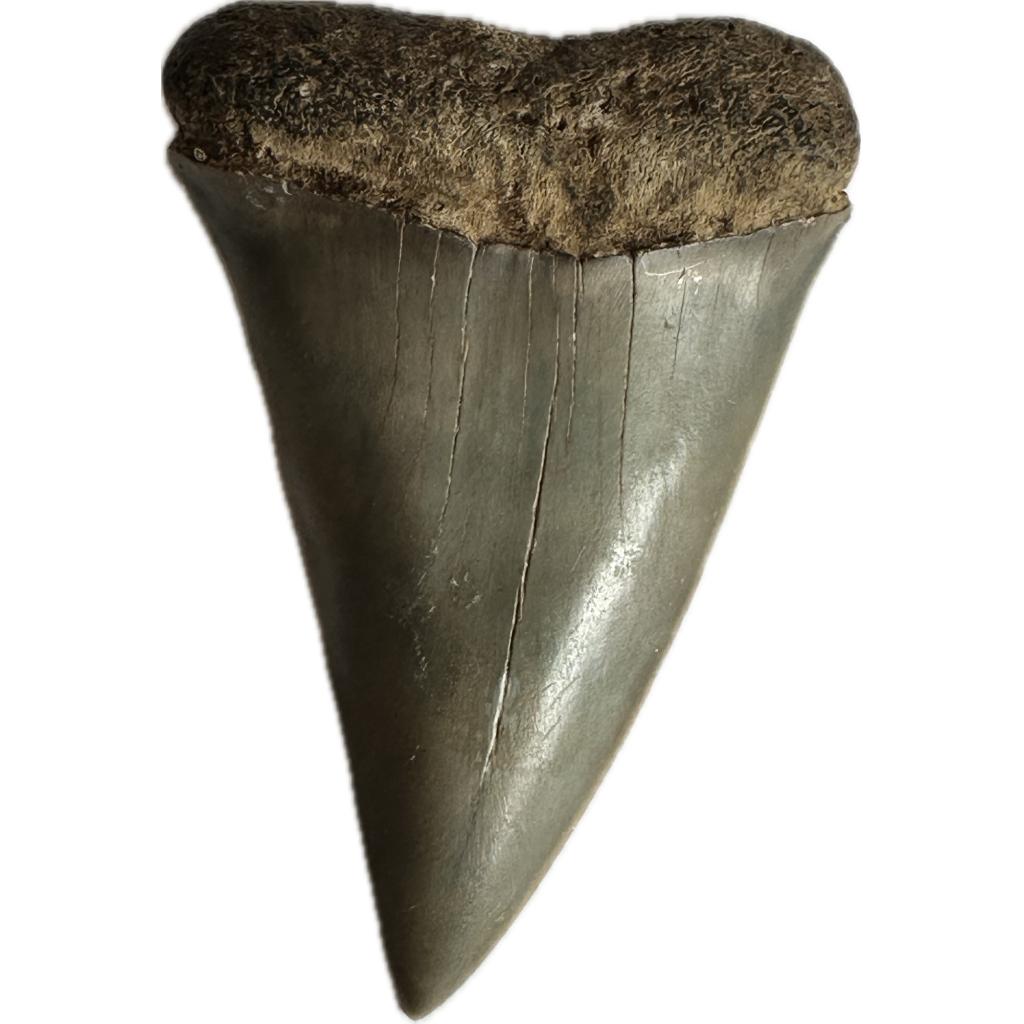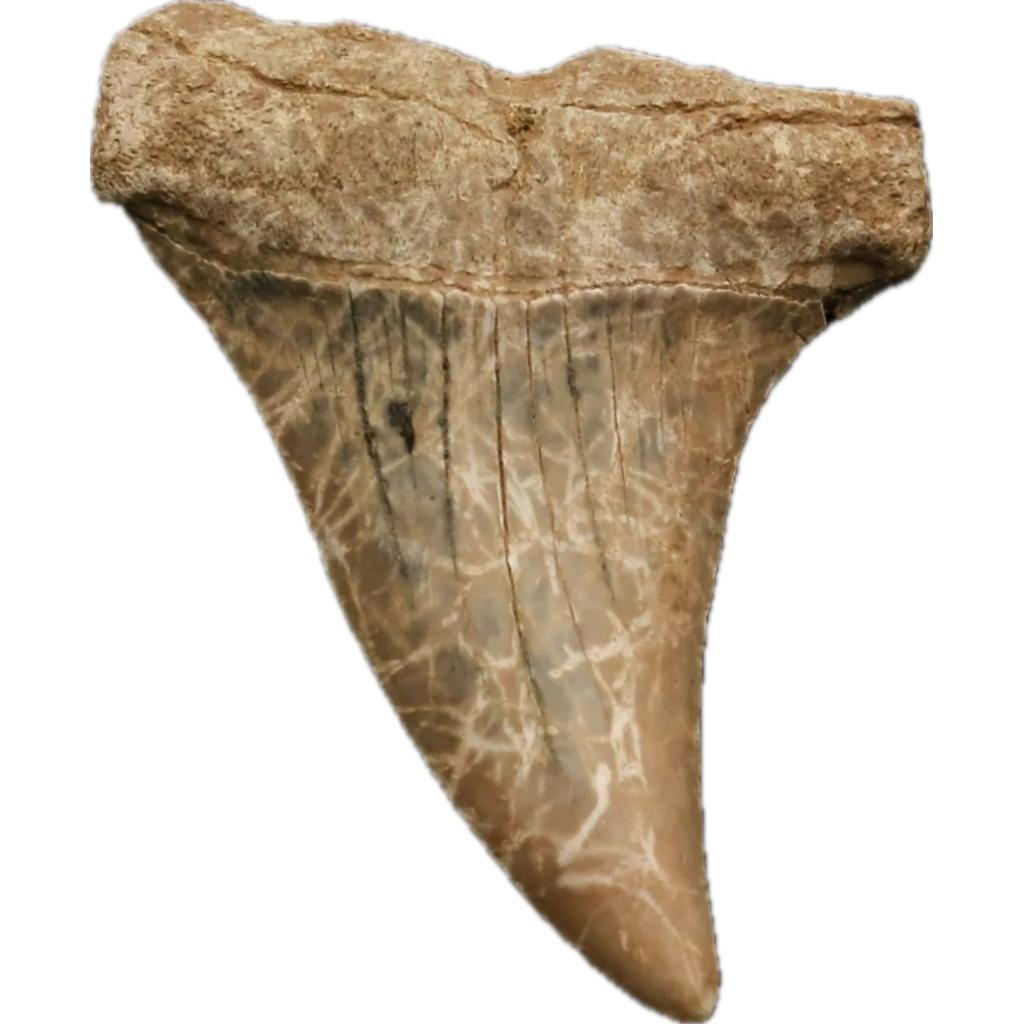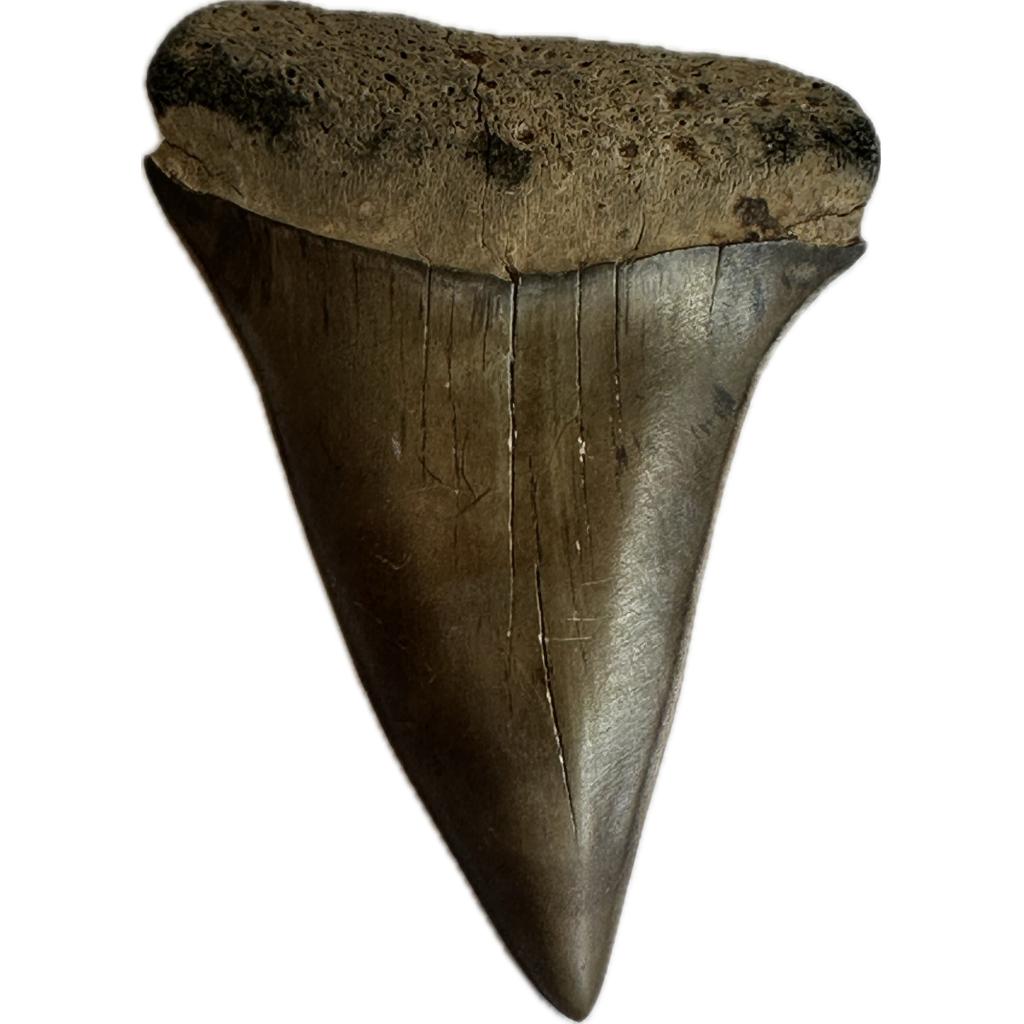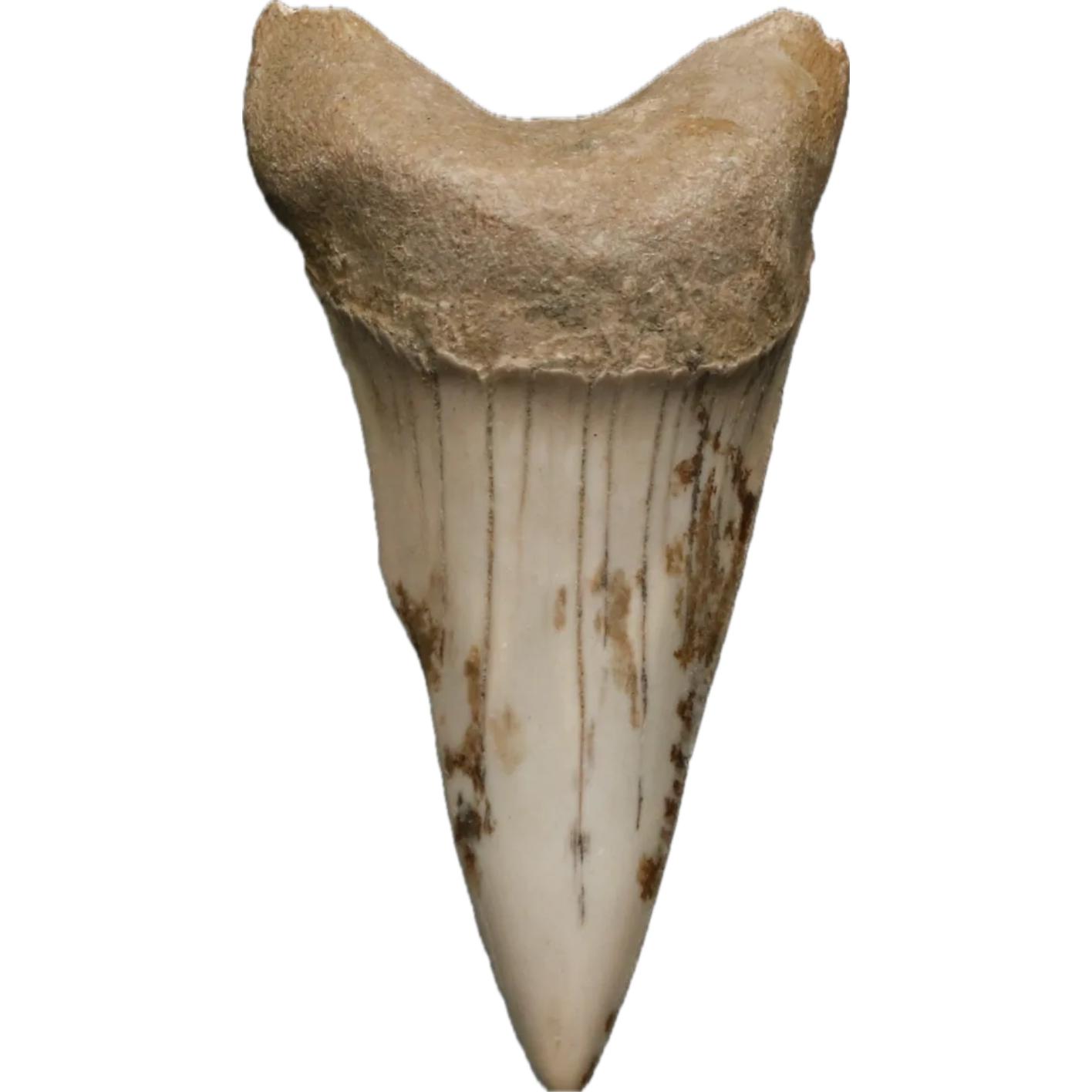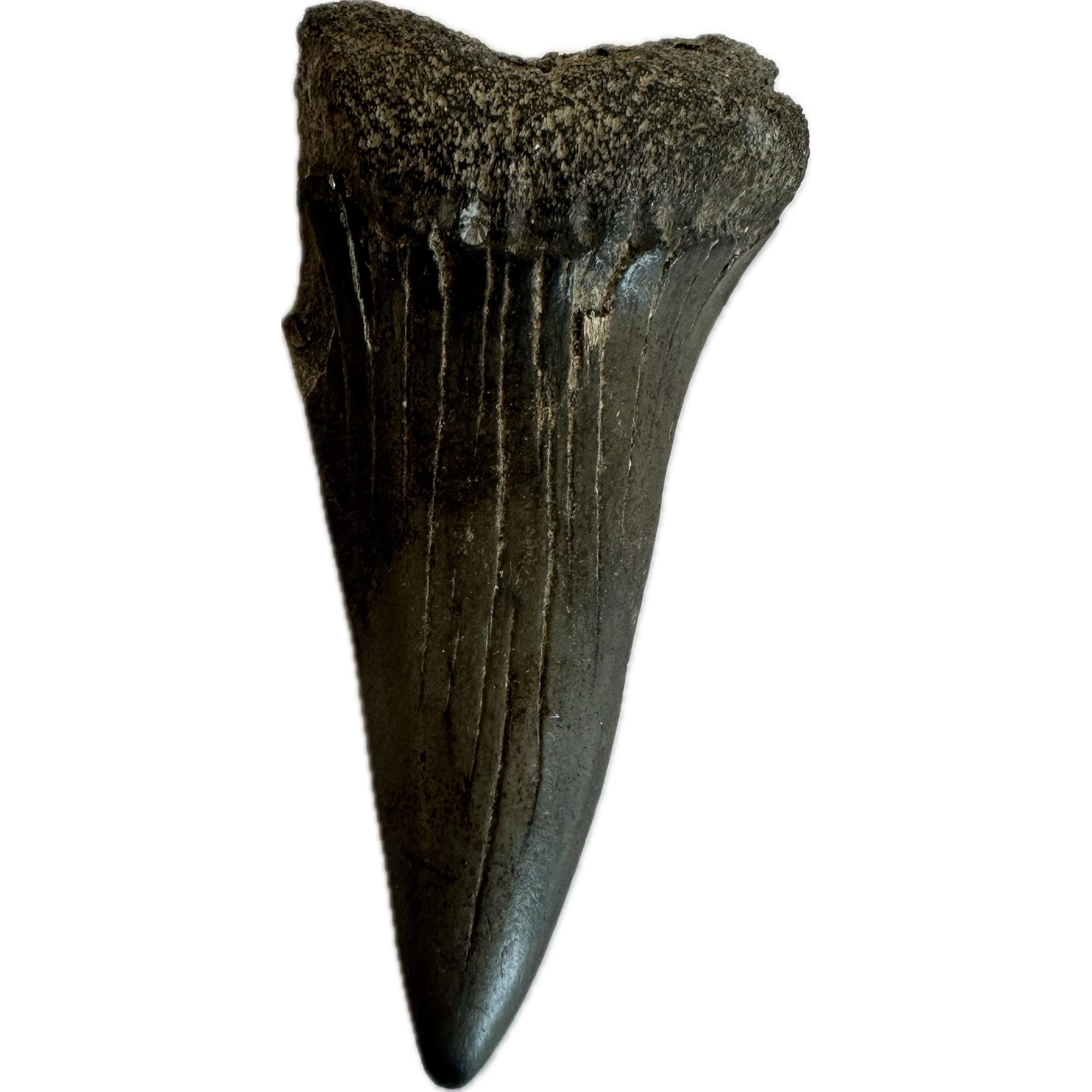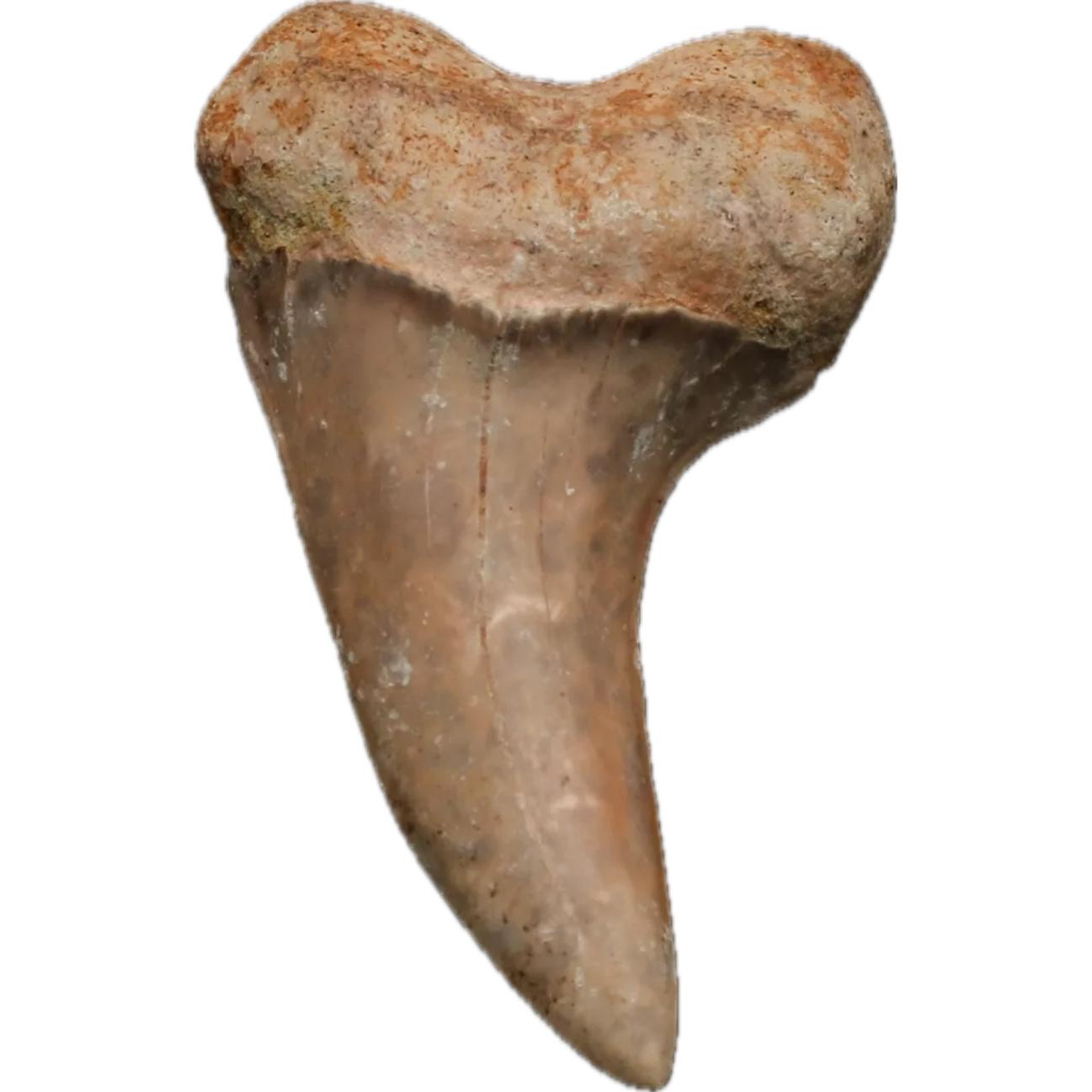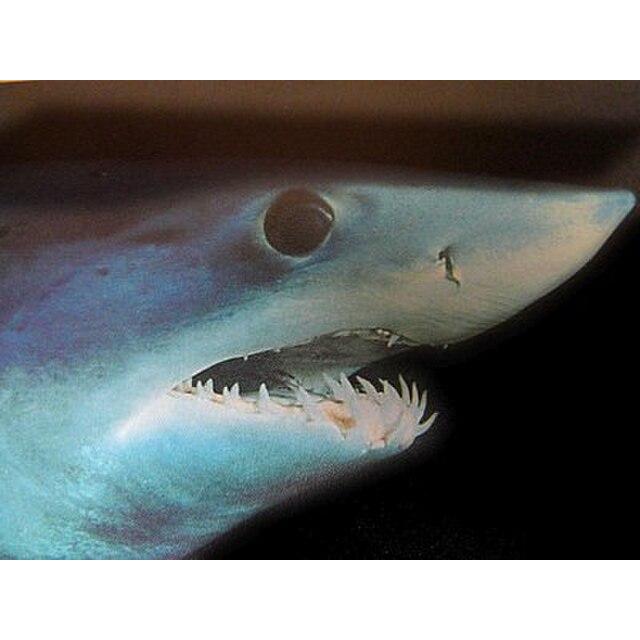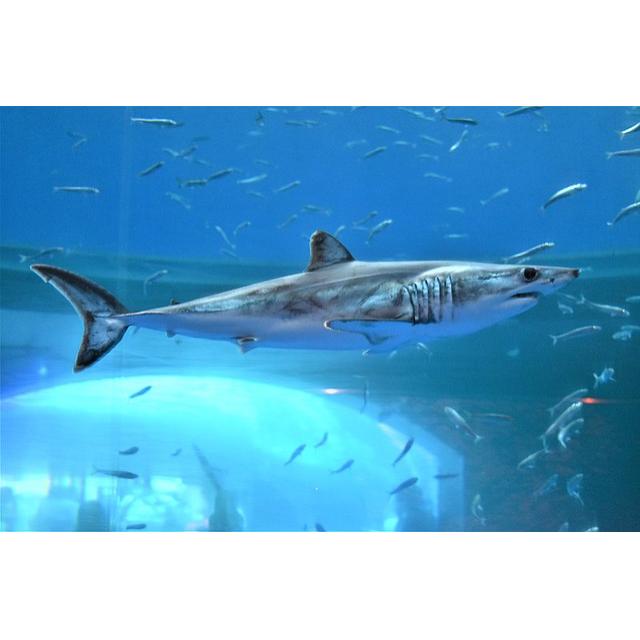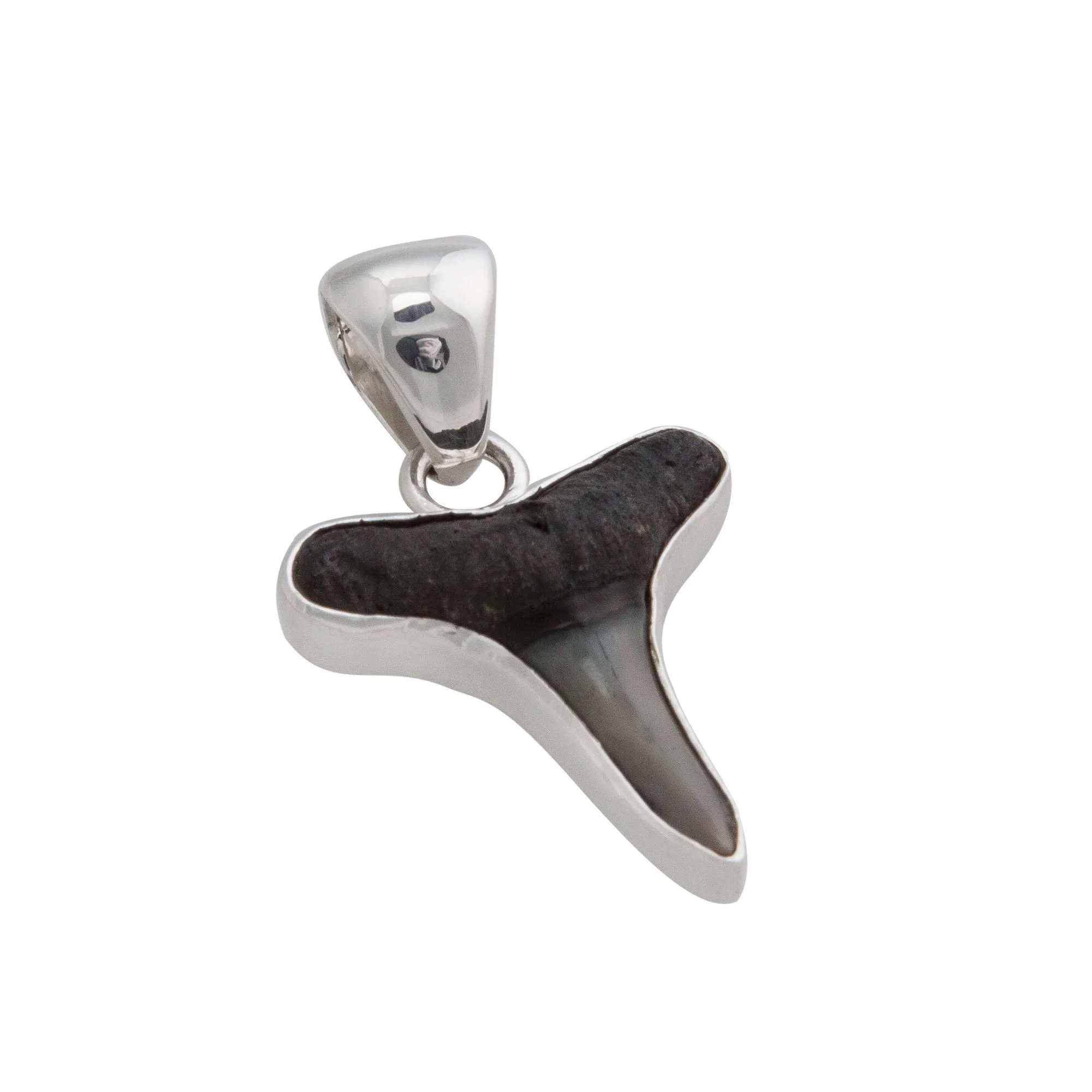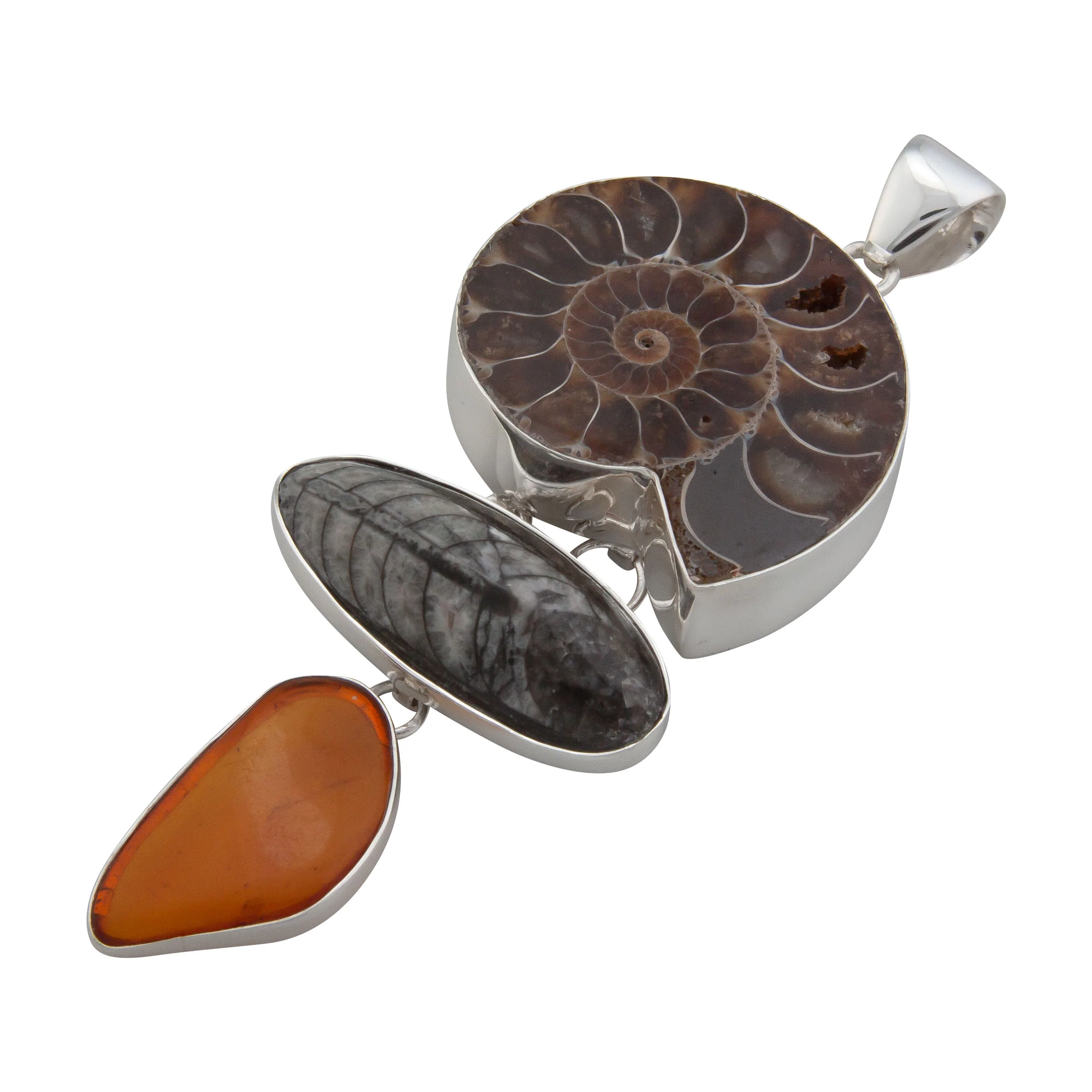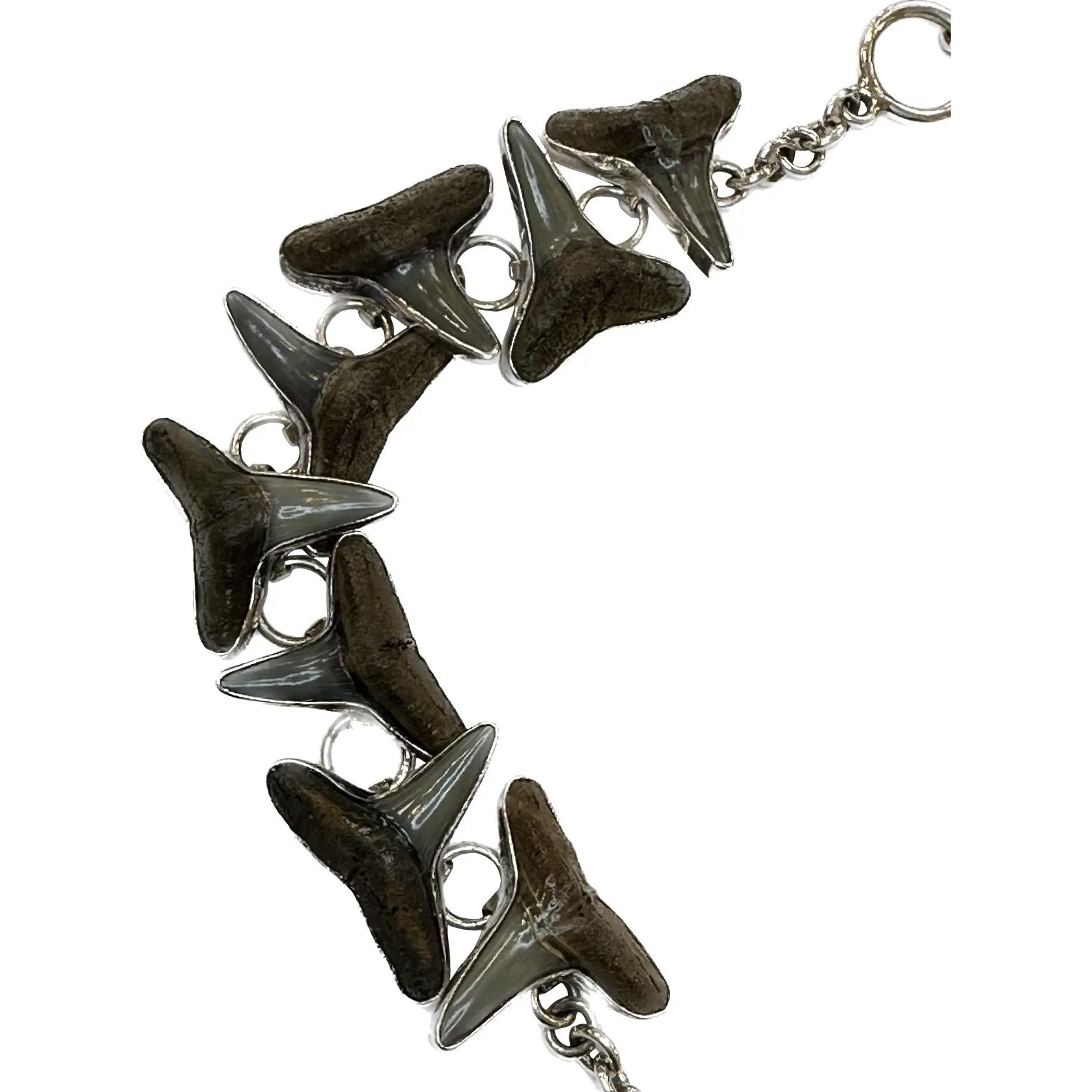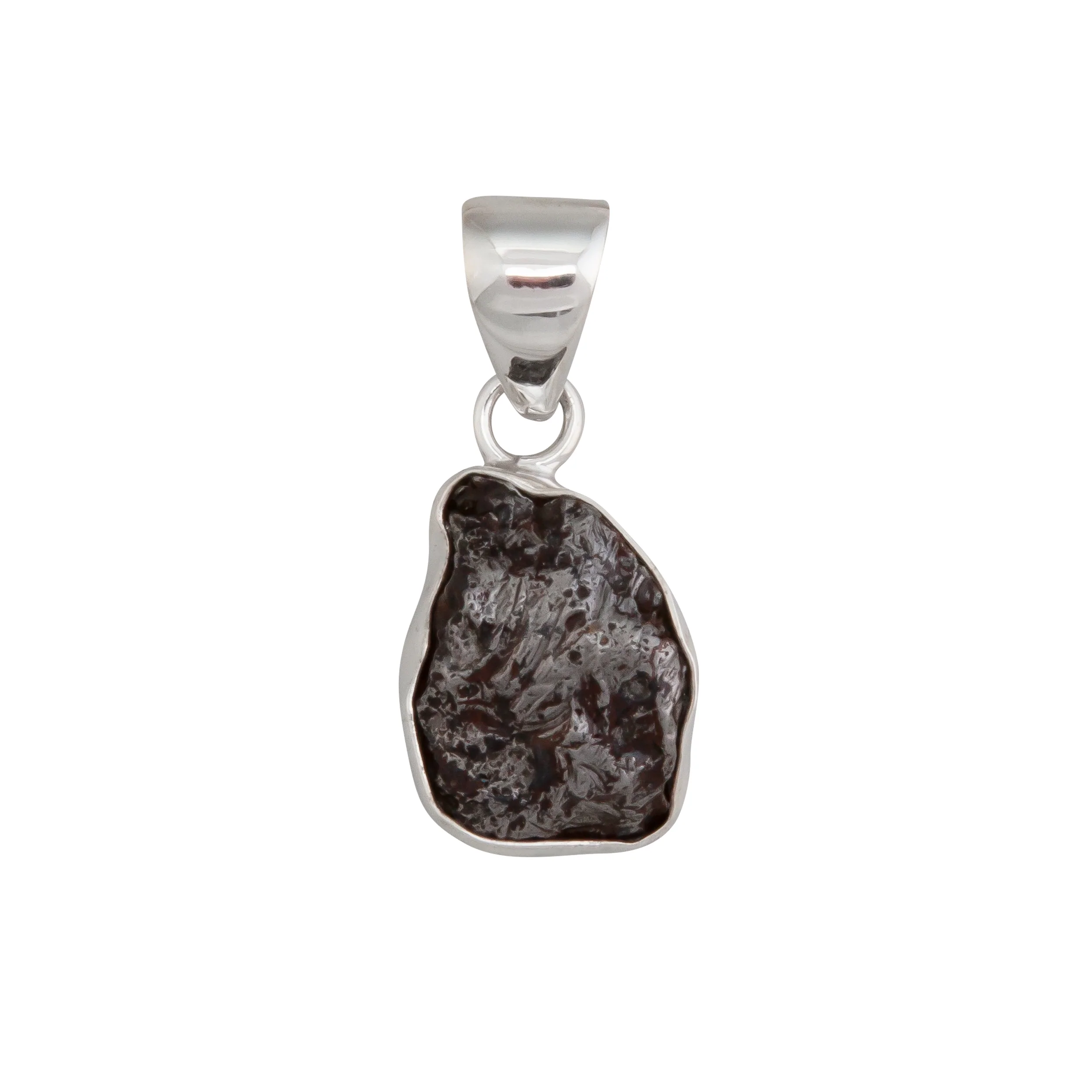Fossil bracelet- Zero Karat Gold – Fits 6 3/4″-8″ in length
Unique Handmade Jewelry does not just materialize. Jewelry of the highest quality, such that is designed and handmade by the finest metalsmiths.
Alchemía or ‘Zero Karat Gold’ is an evolution of design and artisanship and the first of its kind. It takes its name from the Latin word for Alchemy, an ancient mythical craft of transforming lesser metals into gold, a symbol of perfection.
MAGIC OF ALCHEMY
Alchemy was a spiritual endeavor; it was not simply about making gold. The inner pursuit of spiritual wholeness and the highest form of spiritual growth and development was also a focus.
Fossil mako shark teeth provide valuable insights into the evolutionary history of these remarkable creatures. Like other sharks, makos have been swimming in the Earth’s oceans for millions of years, with fossil evidence dating back to the early Cenozoic era, around 60 million years ago. Fossilized teeth are among the most common remains of ancient sharks, as they are composed of hard, durable material that can withstand the test of time.
Fossil mako shark teeth are often found in marine sediments, particularly in coastal regions and areas where ancient oceans once covered the land. These teeth vary in size and shape depending on the species of mako shark and the time period in which they lived. Paleontologists study fossilized shark teeth to learn more about the morphology, ecology, and evolutionary relationships of prehistoric sharks.
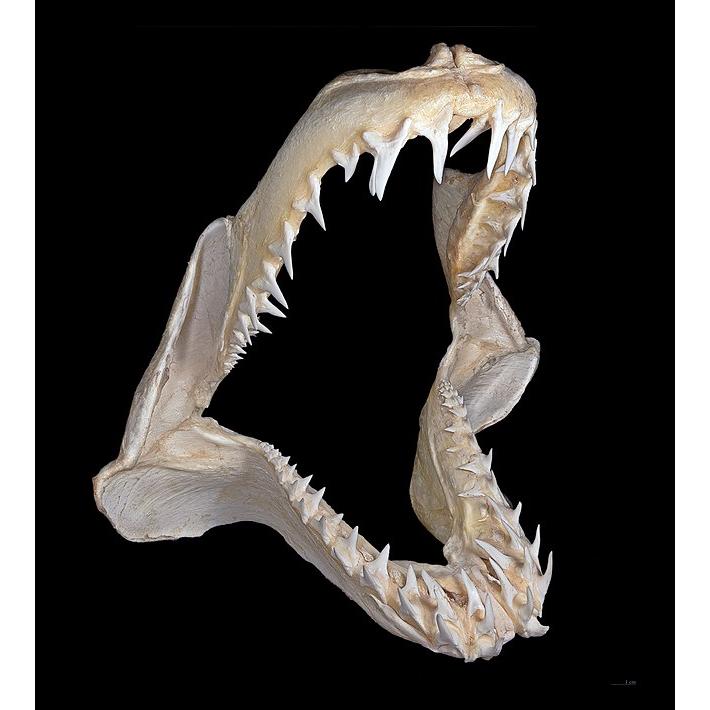
One notable characteristic of mako shark teeth is their distinctive serrations. These serrations help the sharks to grip and tear their prey, making them highly effective hunters. Fossilized teeth with well-preserved serrations provide evidence of the feeding behavior and dietary preferences of ancient mako sharks, shedding light on their role in ancient marine ecosystems.
In addition to their scientific significance, fossil mako shark teeth are also prized by collectors and enthusiasts. They are often found washed up on beaches or unearthed during fossil hunting expeditions, particularly in areas with rich deposits of marine fossils. Fossilized shark teeth are highly collectible due to their aesthetic appeal and the fascinating stories they tell about the ancient history of our planet.
Studying fossil mako shark teeth allows scientists to reconstruct past environments and understand how marine ecosystems have changed over time. By analyzing the distribution and abundance of fossilized teeth, researchers can infer information about ancient ocean currents, temperatures, and biodiversity. This research has important implications for our understanding of climate change and its impact on marine life both past and present.
Mako sharks, known scientifically as Isurus, are remarkable creatures that inhabit the world’s oceans. They belong to the family Lamnidae, which includes other apex predators like the great white shark. Mako sharks are known for their incredible speed, streamlined bodies, and formidable hunting abilities. Their name “mako” is derived from the Māori language, meaning “shark.”
There are two species of mako sharks: the shortfin mako (Isurus oxyrinchus) and the longfin mako (Isurus paucus). The shortfin mako is more common and widely distributed, found in both temperate and tropical waters around the globe. Longfin makos, as their name suggests, have longer pectoral fins and are typically found in deeper, colder waters. These sharks are highly migratory, often traveling long distances in search of food and suitable breeding grounds.
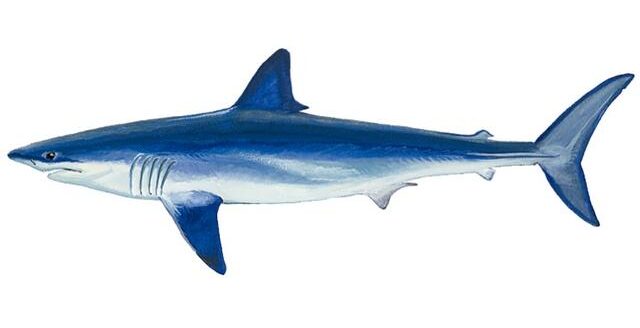
One of the most striking features of mako sharks is their speed. They are among the fastest fish in the ocean, capable of reaching speeds of up to 60 miles per hour (97 kilometers per hour). This incredible speed is attributed to their sleek, torpedo-shaped bodies and powerful tails. Mako sharks use their speed to chase down prey such as fish, squid, and even other sharks.
In addition to their speed, mako sharks are also known for their agility and strength. They have sharp, serrated teeth designed for gripping and tearing flesh, allowing them to efficiently capture and consume their prey. Mako sharks are apex predators, meaning they occupy the top of the marine food chain, regulating the populations of other marine species and helping to maintain the balance of ocean ecosystems.
Mako sharks are solitary hunters, typically patrolling vast stretches of open ocean in search of food. They have keen senses, including excellent vision and a highly developed sense of smell, which they use to locate prey from great distances. Once they have detected a potential meal, mako sharks will use their speed and agility to launch swift, powerful attacks, often leaping out of the water in pursuit of their prey.
Despite their fearsome reputation as predators, mako sharks are not considered a significant threat to humans. While they have been known to approach fishing boats and may become aggressive if provoked or cornered, mako shark attacks on humans are rare. However, they are highly valued by commercial and recreational fishermen for their sporting qualities and high-quality meat.
Prehistoric 101 (Learn about fossils, minerals, and meteorites)
Learn about Megalodon Sharks
Megalodon Sharks of the World

